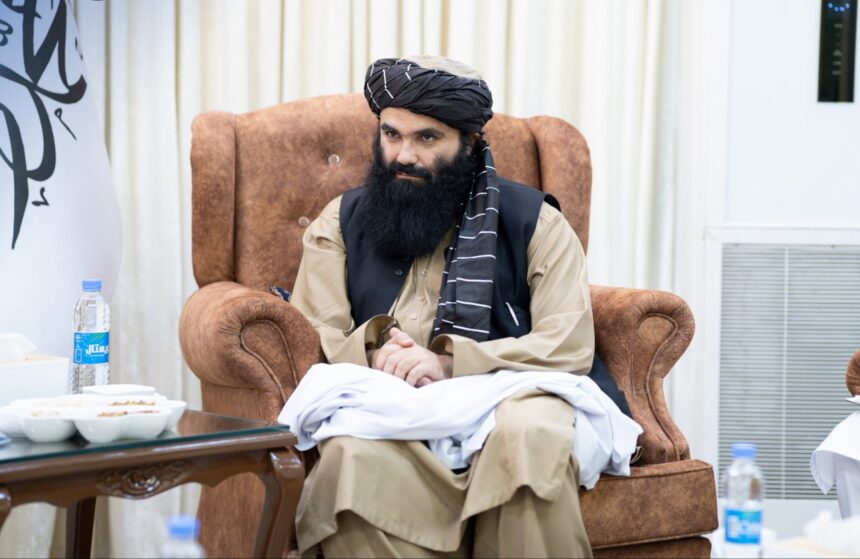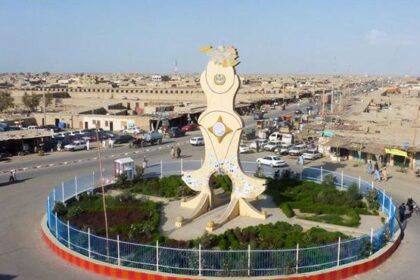RASC News Agency: Credible sources have confirmed to the media that Sirajuddin Haqqani, the Taliban’s Minister of Interior, remains absent from Afghanistan 42 days after his visit to the United Arab Emirates. His prolonged absence coincides with mounting reports of intensifying tensions within the Taliban leadership. From the moment the Taliban reclaimed power, friction between the Haqqani Network and the Kandahari Taliban has been unmistakable. Reports even surfaced of an armed confrontation between members of these rival factions inside the Afghanistan presidential palace. This schism is deeply rooted in ethnic and ideological fault lines. The Haqqani Network primarily hails from the Ghilzai Pashtun lineage of eastern Afghanistan, whereas the Kandahari Taliban originate from the Durrani Pashtun branch.
Their rivalry extended even to matters of titulature the Kandahari leadership anointed themselves “Amir al-Mu’minin” (Leader of the Faithful), while Haqqani commanders preferred the title “Khalifa” (Caliph). The Kandaharis have consistently exhibited a more hardline and dogmatic stance, whereas the Haqqanis have projected a relatively pragmatic approach, advocating for the broader inclusion of non-Pashtun ethnic groups, particularly the Tajiks and Hazaras. Over the past three and a half years, Haqqani leaders have discreetly maintained ties with exiled figures from the former Afghanistan Republic, as well as with Tajik and Hazara political leaders. By contrast, the Kandahari faction has remained unwavering in its pursuit of a mono-ethnic regime, reinforcing an exclusive ethno-religious narrative.
The Haqqani Network has ostensibly supported the reopening of schools and universities for girls and permitted photography at official gatherings, whereas the Kandahari leadership has outlawed photography and entirely barred female education. Yet, this ideological divergence does not diminish the Haqqani Network’s entrenched militant identity; they continue to oversee thousands of trained suicide bombers and were responsible for orchestrating over a thousand suicide attacks across Afghanistan’s streets during the two decades of the Republic’s existence.
Now, internal fractures within the Taliban appear to have reached a critical juncture. These divisions have grown even more pronounced following the public denunciation of the Taliban’s supreme leader, Hibatullah Akhundzada, by Abbas Stanikzai, the group’s Deputy Foreign Minister.






